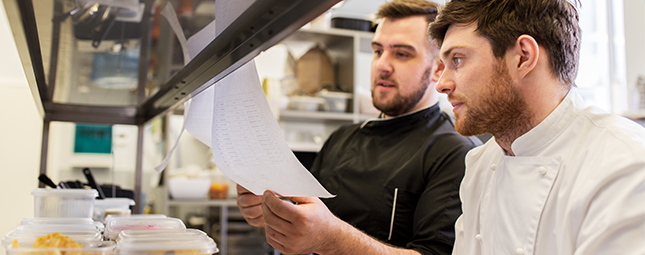Food Waste Intelligence

Staff engagement in food waste prevention pays big dividends. When staff are engaged in tracking food waste, a kitchen gets more complete data, which provides greater insight into what a kitchen is wasting and why. But staff engagement in a mission-driven effort like food waste prevention also leads to better retention and job satisfaction.
Read More >>
One of the best tools to prevent food waste is your menu, and deliberately integrating repurposing into the menu to ensure food is reutilized rather than wasted. In a webinar hosted by Leanpath Executive Chef Robb White, Sodexo chefs from the healthcare, corporate dining and universities segments shared their best practices in reducing food waste through inventory and menu management and staff engagement. Today, we’ll review the discussion on menu planning.
Read More >>
During a lively webinar hosted by Leanpath Executive Chef Robb White, Sodexo chefs from the healthcare, corporate dining and universities segments shared their best practices in reducing food waste through inventory and menu management and staff engagement. Today, we’ll review the discussion on inventory management.
Read More >>
Leanpath CEO Andrew Shakman sat down with Chef Shawn Bucher at the Business Chef Podcast to discuss the impact and growing awareness of food waste.
Read More >>
As Leanpath's full time Executive Chef, I've trained and coached hundreds of chefs and managers on preventing food waste in their operations. When you spend this much time with frontline foodservice workers, hearing their food waste successes and horror stories, valuable trends emerge. One of the most aggravating food loss reasons I hear about all the time is equipment failure. As chefs and managers, we trust our kitchen tools, sometimes too much. Here are a few questions to ask your staff to prevent food waste due to equipment failur...
Read More >>